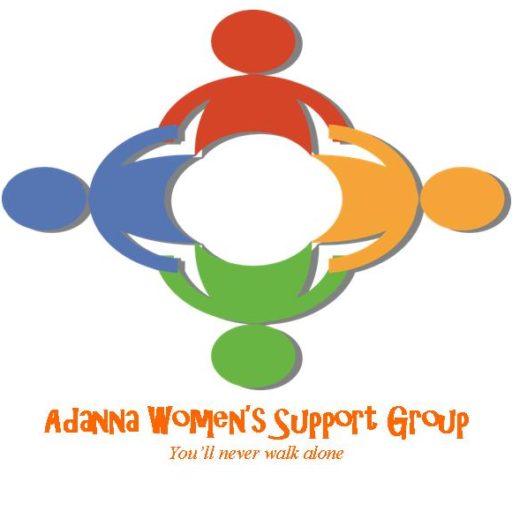What are health inequalities?
Health inequalities are avoidable, unfair, and systematic differences in health between different groups of people. There are many kinds of health inequality, and many ways in which the term is used.
When looking at the level of inequalities of health in different ethnic groups
How is health inequality measured?
- Mortality, Morbidity, and behaviours.
- Mortality- the number of deaths in a particular social group/population for example in this case we will be looking at the death rates amongst the BAME population.
- Morbidity- The amount of diseases/illness within a specific population.
- Behaviours- This is looking at the characteristics/attitudes a population has that can pose as a risk to health and wellbeing.
Are health inequalities avoidable?
When looking at health inequalities there is steep incline in the ethnicity of the population and the health inequalities they face. When seeing this we know that:
- They are socially constructed
- They can be reduced through using effective approaches.
- They are unjust and unfair as they can be avoided.
Socio-economic detriments in health:
Socio economic factors have an impact on the health and wellbeing of a population. When we look at the different socio-economic factors that impact our health and wellbeing.
The COVID19 pandemic has shown a light on to the inequalities that are present and impacting our health and wellbeing. It has shown us the major health inequalities present amongst the ethnic minority communities. With many of them likely to suffer from long term health issues such as diabetes, cardiovascular diseases, and certain cancer.
Access to health care- although within the UK Healthcare access is free many ethnic minority groups have reported to have had poorer experiences with Health care services than those within the white ethnic group.
Language barriers- the lack of communication between those within the ethnic minority groups and health care services can have a detrimental impact on health, mortality, and morbidity of those within the ethnic minority group.
Having services that lack the tools to allow communication with the ethnic minority groups can have an impact on the likelihood of participation of those within the ethnic minority groups coming into work.
Stereotypes- stereotypes are harmful pre-judged statement about a group of people within a certain ethnic group.
- Bibi Syndrome or Begum syndrome- This terminology is used colloquially used to describe South Asian patients with non-specific complaints. These only serve to undermine patients and as this article points out contribute to health inequality. this has a negative impact on the overall health and wellbeing of women from South Asian backgrounds. Often their symptoms and ailments are left unheard and untreated because it is seen as them being too dramatic.
- Adultification- This terminology can be used to describe treating young individuals as adults even though this is beyond their capacity. Generally young black girls are a victim of adultification. when visiting health care professionals they are generally treated as adults and are sometimes
Maternal mortality- it is statistically proven that black women are 4 times more likely to die during child birth than those in other ethnic groups.
Heart disease, epilepsy and stroke were the leading cause of maternal death during or up to six weeks after the end of pregnancy. Sepsis and thrombosis and blood clots are the third and fourth most common causes. This is a result of inequalities women within the African Caribbean community groups face it has an impact on their health and can clearly be seen in statistic.
The information above is some research we were able to do about the health inequalities women within ethnic minority groups face.

